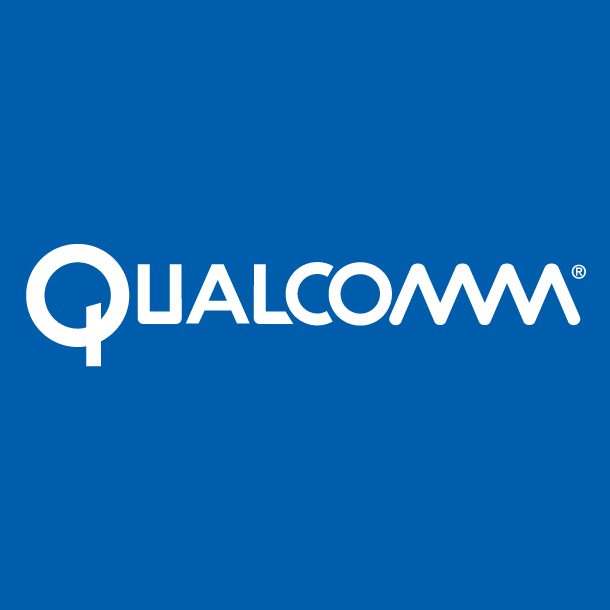Qualcomm is staking out an early lead in 802.11ad territory for Wi-Fi in the 60 GHz band, and early testing shows the technology can deliver on its promise for more speed as part of a multiprotocol Wi-Fi solution that makes up for some of the technology’s vulnerabilities.
In a commissioned study for Qualcomm, Signals Research Group assessed the performance of Netgear’s Nighthawk X10 Wi-Fi router (currently available for $500 on Amazon.com), which supports a combination of 802.11ad, 802.11ac and 802.11n protocols. The router relies on Qualcomm 802.11ad and 802.11ac chipsets. Testing focused on maximum data speeds the router could deliver while transmitting on all three bands simultaneously, with total throughput reaching 4.15 gigabits per second in the downlink and a slightly faster uplink throughput of 4.35 Gbps.
Of that total throughput figure, 802.11ad at 60 GHz contributed throughput of 2.53 Gbps in the downlink and 2.63 Gbps in the uplink. SRG concluded “it isn’t entirely clear why there was a slight bias in the uplink, but the antenna layout/location on the STA is one potential explanation.”
SRG went on to say that in the case of the Netgear router, the combination of protocols complemented each other to deliver good user experience: 802.11ad provided high peak speeds and low latency, while 802.11ac extended the range with somewhat lower peak data speeds, and 802.11n at 2.4 GHz expanded the router’s range even further so more use cases could be supported. Because 802.11ad operates at such a high frequency, it has a shorter coverage range than specs using the 5 GHz and 2.4 GHz bands.
“From a consumer’s perspective, all three Wi-Fi protocols have an important role to play when it comes to delivering the best user experience for a mix of applications over a large coverage area,” SRG wrote. Part of the reason the Netgear router supported such high speeds was the 10 gigabit Ethernet port, which SRG said it believes was a first for the industry for a consumer router.
Mark Grodzinsky, senior director of product management at Qualcomm Technologies, told RCR Wireless News he sees two major trends in routers: 802.11ad has a healthy pipeline of products on the way that he expects to emerge in early- to mid-2017, and multirouter packs like those offered by Eero and Luma to create a home mesh network for better coverage.
Both of those trends, Grodzinsky said, “are addressing the need for more capacity, as well as more performance at range, which is another way of looking at capacity.”
Grodzinsky added that 802.11ad is not a replacement for 802.11ac, but a complement, and Qualcomm will focus on “true triband products” that operate at 2.4 GHz, 5 GHz and 60 GHz as the majority of devices will still operate at 2.4 GHz and 5 GHz. Grodzinsky noted 802.11ad may ultimately take advantage of the distributed router topology so the technology would be added to one or all routers to establish high-performance hot spots within the home network, such as enabling media transfers in a TV room or office.
The 802.11ad technology is expected to get a boost from the launch earlier this year of Wi-Fi Alliance’s interoperability certification program. Peter White, Wi-Fi analyst and co-founder of ReThink Research, noted in a recent blog entry, “watching the 60 GHz market emerge has been like watching paint dry” and “neither Broadcom, the market leader in Wi-Fi, or Marvell or Ralink who between them make up the bulk of Wi-Fi chip shipments, plus specialists like Quantenna and Celeno – have shown too much interest in 60 GHz.”
But, he concluded, “if 60 GHz Wi-Fi ever takes off, Qualcomm will find itself in one hell of a lead.”

